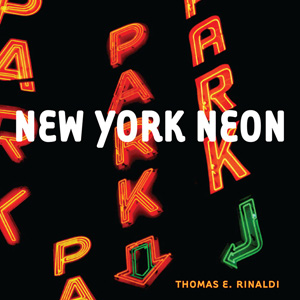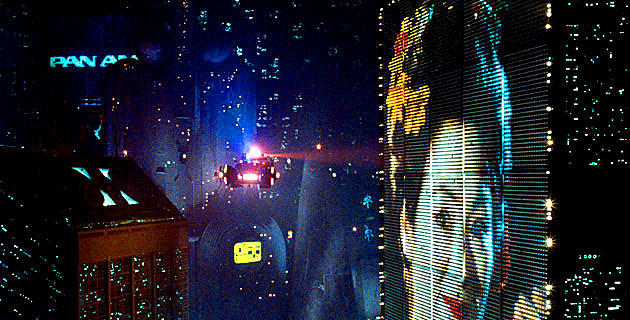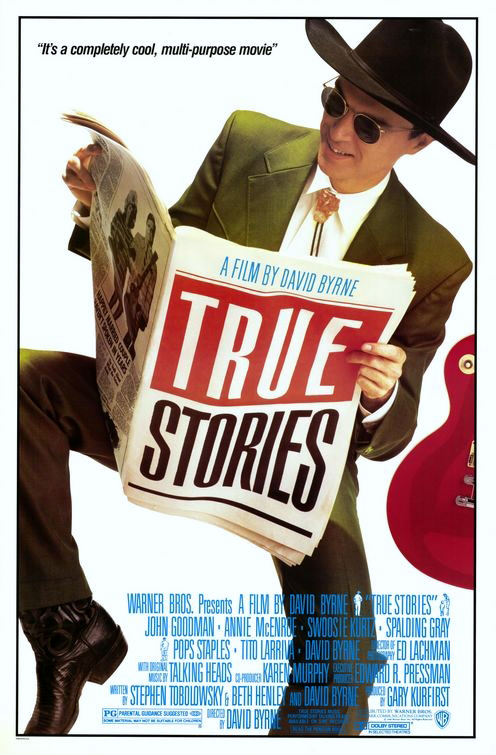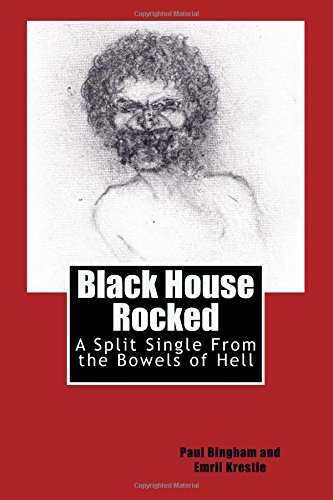Topics include:
The importance of being skeptical towards both the establishment narrative and conspiracy theories
Conspiracy theories vs. the general populist narrative that the elites are acting against the interest of the people
How contrary to conspiracy theories, many of the elites have a short time frame
How conspiracy theories have become irrelevent because the world is so crazy that reading the news is enough
September 11th, and the rise of the modern conspiracy movement
Alex Jones
How the US Government covered up Saudi Arabia’s role in 9/11
The concept of controlled opposition
How conspiracy theories are used to avoid addressing politically incorrect issues
How conspiracy theories about 9/11 and Terror attacks distract from the Invade the World, Invite the World agenda
How conspiracy theories about mass shootings(ex. Sandy Hook and the Batman shooting being MK Ultra) distracts from society’s role in creating these individuals
Ingroup vs outgroup indentities as a basis for conspiracy theories
Jewish conpiracy theories vs SJW theories of White Privelege and the Patriarachy
Bohemian Grove(archeo-futurist bent of Carthage vs Rome)
David Icke‘s Reptilian “bloodlines” theory
The Green Pill, which is the belief in the supernatural vs. the Red Pill, which see’s the world in terms of people
Graham Hancock vs Richard Dawkins on materialism, the idea of “The Truth”, Spirituality vs Rationality- LSD/DMT hippies vs Fedora Atheists
Terence McKenna and Henry Harpending’s research(the great leap in human IQ caused by magic mushrooms) vs human biodiversity
The documentary Hollywood Casting Couch Satan’s Playground, and the theory that sexual rituals are used to blackmail public figures
Stanley Kubrick’s Eyes Wide Shut
The Film They Live
Andy Nowicki’s book: Conspiracy, Compliance, Control, & Defiance
Click Here to download!
Check out Robert Stark’s Artwork









